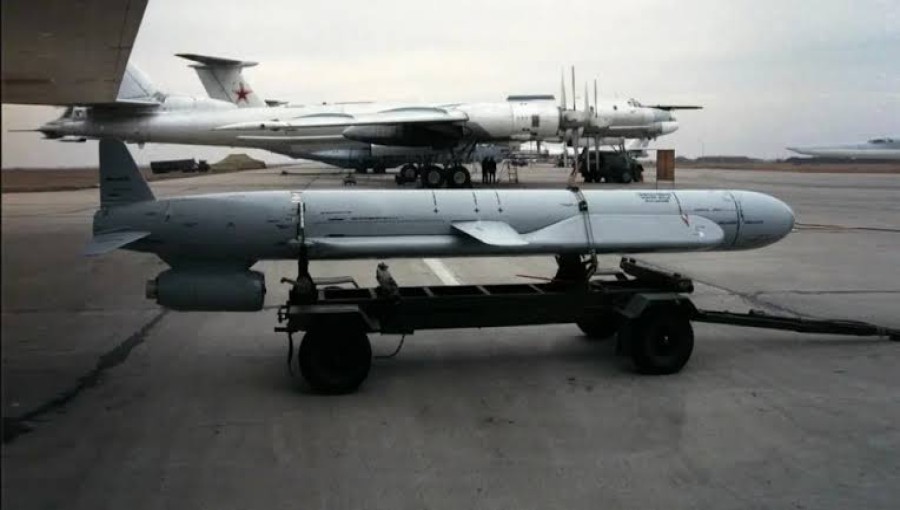Kyiv, July 10– The Russian-made KH-101 cruise missile has emerged as a formidable threat to Ukraine, capable of evading Western air defense systems and delivering devastating precision strikes. Kyiv has been severely impacted by this advanced technology, as the missile's capability to evade detection and destroy targets with high accuracy poses a significant challenge to Ukrainian forces.
For several days, Ukraine has been experiencing the destructive power of the KH-101 missile. Its precision targeting and massive destructive capability, combined with its ability to avoid radar detection, have made it a formidable weapon in Russia's arsenal. This sub-sonic missile, though not new, is being used extensively for the first time in the conflict.
The KH-101, introduced in 2012, is 7.45 meters tall and weighs approximately 2,500 kg. It can carry a 450 kg warhead, making it capable of causing extensive damage. Powered by a turbojet engine, the missile can travel at speeds exceeding 900 kilometers per hour and can remain airborne for up to 10 hours, striking targets with remarkable precision.
One of the KH-101's key features is its ability to hit targets with pinpoint accuracy. Equipped with an advanced targeting system that includes a map of the target area, it can track and strike with high precision. The missile can also be controlled via satellite and can fly at altitudes as low as 30 meters, making it difficult for air defense radars to detect and intercept.
With a range of 2,500 to 2,800 kilometers, the KH-101 can launch attacks from a significant distance, exemplified by the recent strike on a children's hospital in Kyiv. This range allows it to strike targets in neighboring countries from within Russian airspace, highlighting its strategic value.
The KH-101 is part of a broader family of missiles in the KH series, which includes other variants such as the KH-102, KH-555, KH-32, and KH-22, each with its own unique capabilities. The use of the KH-101 in the Ukraine conflict underscores its effectiveness and the challenges it poses to air defense systems supplied by Western nations.































Comment: